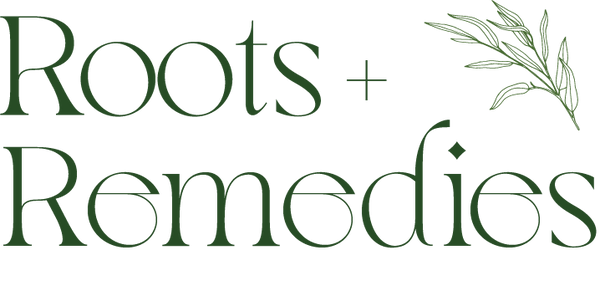If you’ve never made butter at home, you’re in for a treat. Not only is it incredibly easy, but it’s also the cleanest, freshest butter you’ll ever have. No additives, no artificial flavors—just pure, creamy goodness. Whether you’re looking to ditch processed dairy or just love the idea of making your own food from scratch, homemade butter is a must-try.
Why Make Your Own Butter?
Store-bought butter often contains additives, preservatives, and sometimes even vegetable oils that reduce its nutritional value. When you make it at home, you control exactly what goes into it, ensuring the highest quality and purity. Plus, raw and grass-fed dairy has more nutrients, healthy fats, and fat-soluble vitamins like A, D, and K2, which are essential for overall health.
Best Milk Options for Butter
To get the best butter, you need high-quality cream. Here’s what to look for:
-
Raw Heavy Cream – The gold standard for homemade butter. It retains all the natural enzymes and nutrients, making it the healthiest option.
-
Grass-Fed Cream – If raw isn’t available, opt for organic, grass-fed heavy cream, which has higher levels of omega-3s and vitamin K2.
-
Cultured Cream – Adding cultures (or using naturally fermented cream) gives your butter a tangy, probiotic boost, similar to European-style butter.
How to Make Butter Step-by-Step
-
Pour the Cream – Use about 2 cups of heavy cream (raw or grass-fed) in a stand mixer, blender, or jar with a tight lid.
-
Churn It – If using a mixer or blender, whip the cream until it separates into butter and buttermilk (about 5-10 minutes). If shaking in a jar, it may take longer.
-
Strain the Buttermilk – Pour off the buttermilk and save it for baking or drinking.
-
Wash the Butter – Rinse the butter under cold water and knead it to remove excess buttermilk (prevents spoilage).
-
Salt or Flavor It – Add a pinch of high-quality salt or herbs for flavored butter. We love adding Redmonds salt to ours!
-
Store It – Keep it in the fridge or freeze for later use.
The Benefits of Homemade Butter
-
No Artificial Ingredients – Unlike many commercial butters, homemade butter contains no preservatives, food coloring, or hidden additives.
-
Higher Nutritional Value – Grass-fed and raw butter are rich in vitamins A, D, and K2, plus anti-inflammatory omega-3 fatty acids.
-
Customizable – You can add salt, herbs, or even honey for flavored butter options.
-
Better Taste & Freshness – Homemade butter has a richer, creamier taste and is free from the oxidized flavors of store-bought butter.
Final Thoughts
Making butter at home is one of the easiest ways to enjoy fresh, high-quality dairy without unwanted additives. With just one ingredient and a few simple steps, you can create delicious, nutrient-rich butter that’s far superior to anything store-bought. Once you try it, you’ll never go back! Ready to give it a churn? 🧈

